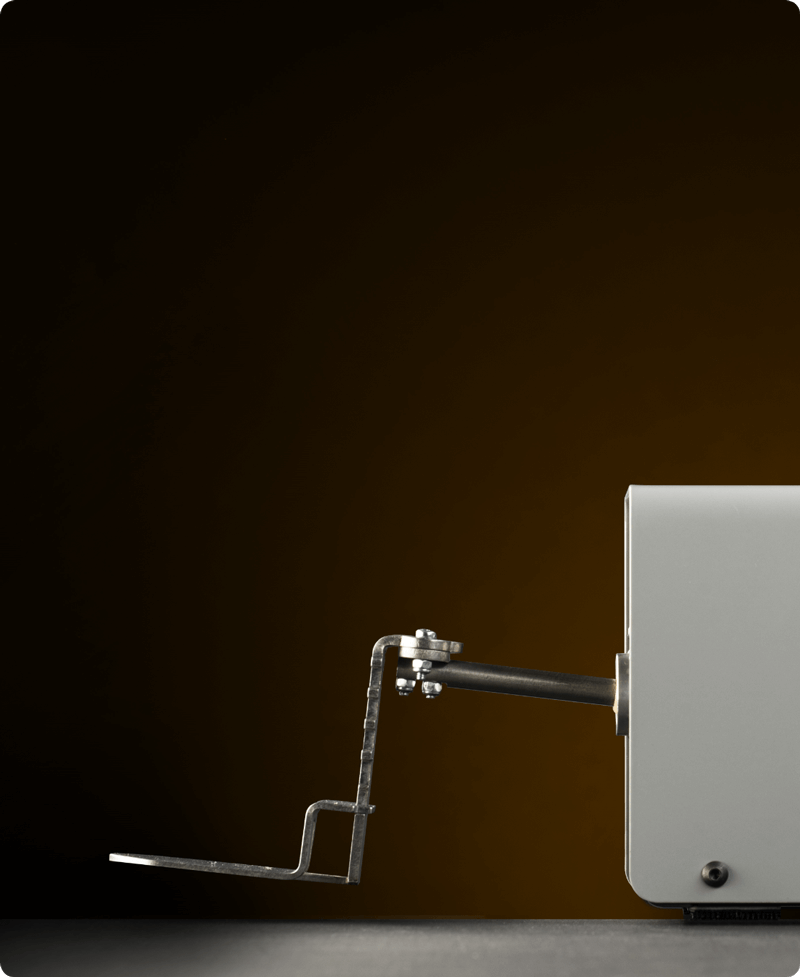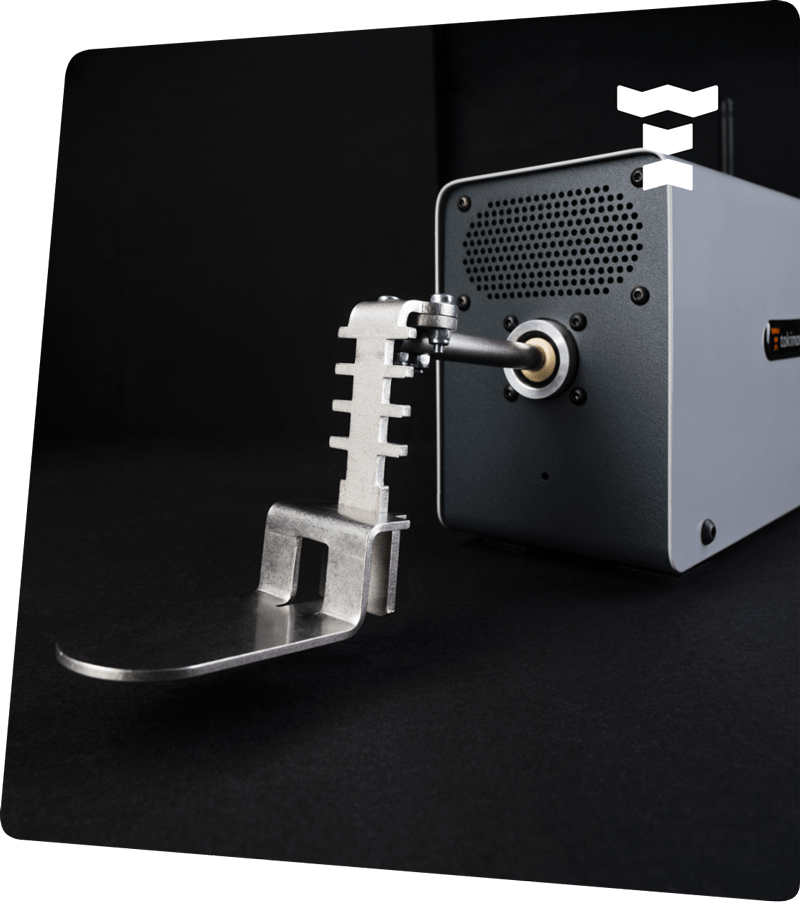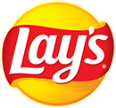Every consumer goods brand wants to attract the attention of shoppers in stores. While online brands can pay for targeted ads in-store, there is a small chance of getting picked up *excuse the pun.
Considering that there are hundreds of brands scrapping for the attention of shoppers, having that edge in the shopping isles is a must. Enter POSM!
We’ve been using Point of Sale Marketing for decades helping brands and retailers promote and engage shoppers, but times have changed, so like many things, POSM needs to pivot as well.
This guide will tell you everything there is to know about Point of Sale Marketing — covering POSM, along with some of the most creative POSM used across in-store marketing campaigns and brand activations.
Table of content
POSM is an acronym, and its full form is Point of Sale Marketing or Point of Sale Materials and is used to display and promote products at the shelf in brick and mortar stores. POSM contain different types of materials, installations, and tools from anything such as free-standing displays to promotional ‘dump bins’.
It’s not just grocery and brick-and-mortar stores where POSM is used. Trade events, exhibitions, and retail showrooms are also perfect examples of where these techniques can transform your business. Depending on what you want to sell, your budget, and the type of campaign you’d like to implement, there is a plethora of point of sale materials to pick from.
You’ve probably heard about POP displays and POS displays and never really knew the difference between them?
Don’t worry — you’re not alone! It’s pretty hard to distinguish between each other but the proof is in the pudding (or name)!
POP stands for Point of Purchase display, while POS is an acronym for Point of Sale display.
Now, what’s the difference between point of purchase and point of sale you ask?
Well, a point of purchase (POP) is considered the place where people can purchase products. So any convenience store, grocery store, or brick and mortar shop is considered a point of purchase. The point of sale (POS) is where the actual sale process takes place such as the cashier register. Get it?
Important! Do not confuse the POS device or terminal used for credit card purchases with the POS display. While they can both be found near the cashier, they don’t have anything in common.
Point of sale and point of purchase displays are both parts of the big family known as POSM. While POP and POS displays are placed in different locations inside a store, both of them are used to promote products and to attract customers, hence they are point of sale materials.
POSM includes the point of sale displays and point of purchase displays. This was the industry classification and an established acronym, although it still is a bit confusing. According to the difference between POS and POP, discussed above, they should in fact be called POPM - Point of Purchase Materials. This is because POP is the larger defining category of where people shop, not the specific POS or cashier where the people buy and pay for the goods.
Since we’ve established the differences between POP and POS displays, we should shed some light on when it’s best to use each type of display.
Point of purchase displays can be used for larger amounts of products. Since they can be placed right at the aisle, you don’t have to worry about the quantity. Also, they are best used for temporary promotions and special deals.
Since they are placed right next to the cashier, the space is limited. It’s best to use them for promoting smaller products or products that are considered impulse purchases.
We’ve talked about the definition of POSM, the differences between POS, POP displays, and POSM, but what about the importance of these sales materials? Why do brands use these point of sale materials and how can they help?
One of the main reasons for which brands and retailers use point of purchase and point of sale displays is to get the attention of shoppers in-store. Considering the fact that there are hundreds of options for customers to choose from, brands need to make sure their products catch the eyes of the shoppers right at the point of sale.
POP advertising manages to do so if they are designed and selected correctly. Depending on what type of product you want to promote, you need to choose the right point-of-sale marketing materials.
Another reason for which POSM are important is that they can help you highlight or signal in-store promotions. If you want to increase sales by offering customers a discount or a BOGO deal, then you need the right tools to highlight that offer. If you don’t use point-of-purchase materials then people might not notice your promotion.
The ultimate goal for most promotions is to increase sales and POSM materials can help you do just that. Because you attract attention, shoppers will be curious to find out more about your promotion and your product — and increase the likelihood of them buying your product.
Point of purchase materials give you the opportunity to differentiate your brand. POS displays have different shapes and sizes and all of them can include the colors of your brand along with an appropriate message. If you go for a creative approach, POP materials will help you remain in the memory of your customers.
Of course, depending on the type of POS display you select, you could increase brand awareness or benefit from word-of-mouth marketing.
We’ve established that point of sale displays are important and now it’s time to see some types of POSM that are commonly used in grocery stores.
In order to promote different types of products, there is a huge variety of POSM on the market. They have different colors, materials, sizes, and shapes to accommodate the needs of different brands and products.
Let’s see some of the most common types of POSM used in the shops!
One of the most simple POP displays you can use to promote your products in grocery stores. It is customizable and you have enough space to add information. Unfortunately, posters don’t hold the same power they once did. Why? Because people are used to more innovative POP displays, and they might simply disregard your poster efforts.
Shelf talkers are not actually talking to your customers, unfortunately. However, they can be a real showstopper if they are designed right. Shelf-talkers manage to get the attention of shoppers towards your product.
We all love a wobbler, right? This is how it got the name because it is not placed steadily, and it can move freely. Wobblers are made out of plastic or other similar materials and can be easily customized by brands and retailers.
While their name might sound strange, dump bins are not the place to throw you old beer bottles or banana skins! They are free-standing displays where brands can place their products and are usually positioned in the center of the store.
Brands fight to get the best place to place their ads in-store. Most choose to place them at the level of the shopper's eyes but if you want to think outside the box and surprise customers in-store, you might want to consider floor graphics? They will catch the eye of the shoppers and, if they are creative like the one pictured above, they might even engage customers.
Just like dump bins, these free-standing displays can be placed in the center of the store to attract attention. One of the most significant advantages of using free-standing displays is that they are highly customizable. Also, you get one shelf all to yourself, without sharing the attention with other brands. Now that’s free-wheeling!
Another great way to attract attention is to use end caps. People have easier access to your products, and they don’t have to go back and forth on the aisle to find your promotions. End caps are placed at the end of aisles, and they are easier to spot.
Digital displays are some of the best point of sale advertising materials at the moment because they can also be interactive. You could engage your customers right at the point of sale with the help of digital displays.
POSM is not new in the world of marketing and retail advertising. They have been around for quite some time. If you stop to think about it, POP displays have been used since people started trading goods. They needed a way to highlight their products.
At the beginning of outdoor markets, sellers used a different range of selling techniques and advertising to sell their goods. By the 12th century, shops were well established in major European cities, and trade had become increasingly popular.
It wasn't until the 19th century that point of purchase displays as we know them appeared. The first types of POP displays created were the ones that helped sellers brand their business. This is when florists started using flower-shaped displays and the barber poles were invented.
In the 20th century, when retail stores were established, retailers used display cabinets with glass casing to arrange goods. And by the ‘60s, the POSM industry had expanded.
The competition was fierce following the boom of the industry and home-life sparked by the end of World War II. Retailers and vendors turned to freestanding displays using durable cardboard, eye-catching colors, carefully planned designs, and creative uses of space.
Over time, point of sale displays have been upgraded and more models appeared, including a new type of POSM that revolutionized point of purchase marketing called robotic displays.
Technology is constantly evolving and it is designed to help us. That’s why physical stores have started to put more emphasis on innovation.
Read more on the topic of robotic displays on this article: The Ultimate Guide to POS Displays
In an attempt to demonstrate that anything is possible, Coca-Cola took creativity to the next level. They placed an inverted pyramid made out of cans and bottles of Coca-Cola Zero, neatly stacked together.
As you might expect, shoppers were surprised to see this display and they did not hesitate to make a purchase as well. Thanks to this Point of purchase display, Coca-Cola Zero saw a sales increase of 13%.
When creativity meets the right tools, that’s amore! Nestle Bolivia decided to implement an in-store activation for its Maggi packaged soups. Because they didn’t have a big budget, they decided to go the creative way. That’s why they chose Tokinomo.
By using Tokinomo devices, Nestle Bolivia was able to turn a simple soup pot into a singing one. But not just a regular singing pot! One that sings Italian opera inside a grocery store! Cool!
Apart from amazing shoppers and going viral online, the campaign lifted sales by 50%. Read more in the interview with Maria Fernanda Ugalde, senior category manager, Nestle.
Now, this is what we call a creative idea. Hellmann’s created a unique POP display - a slot machine to prove that mayonnaise doesn’t only go with fries. People played; they had a combination of ingredients and received a sample of a recipe with those ingredients.
These three amazing point of purchase marketing campaigns show once again that creativity combined with the right tools can amaze shoppers and convince them to purchase more.
POSM are important marketing tools that can help brands differentiate themselves and increase sales right at the point of purchase.
Now that you know more about these amazing marketing materials, it's time to find out the right point of purchase display for your campaign. We recommend a robotic POP display if you want to amaze your shoppers in-store.

Top FMCG brands of the world rely on Tokinomo to create amazing shopping experiences in supermarkets and increase sales through storytelling rather than discounts or special offers.
Find out how Henkel managed to "scratch" 159% more sales for Le Chat with an interactive Tokinomo activation implemented in 20 Auchan stores in France.




@2x.png)
@2x.png)




©Tokinomo. Copyright 2024. All Rights Reserved. Patent awarded A201500317, Patent pending A201900056
Terms & Conditions - Privacy Policy
©Tokinomo. Copyright 2024. All Rights Reserved. Patent awarded A201500317, Patent pending A201900056
Terms & Conditions - Privacy Policy